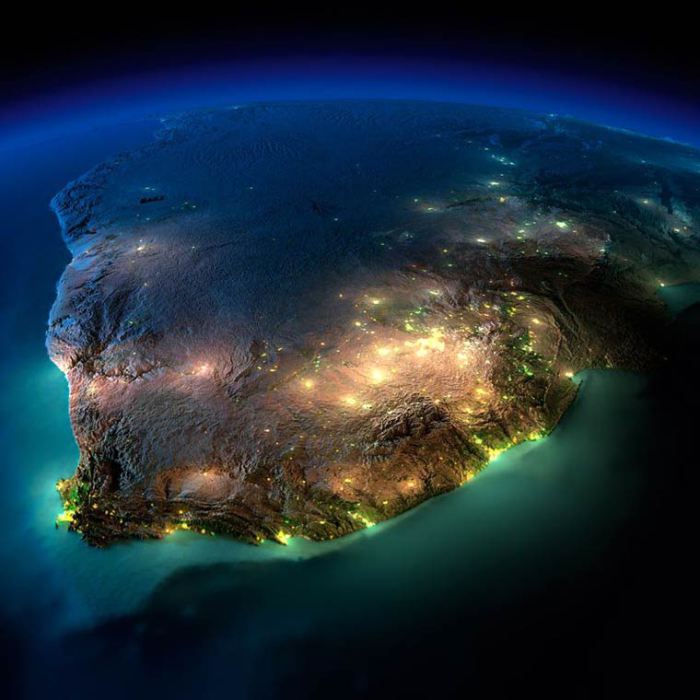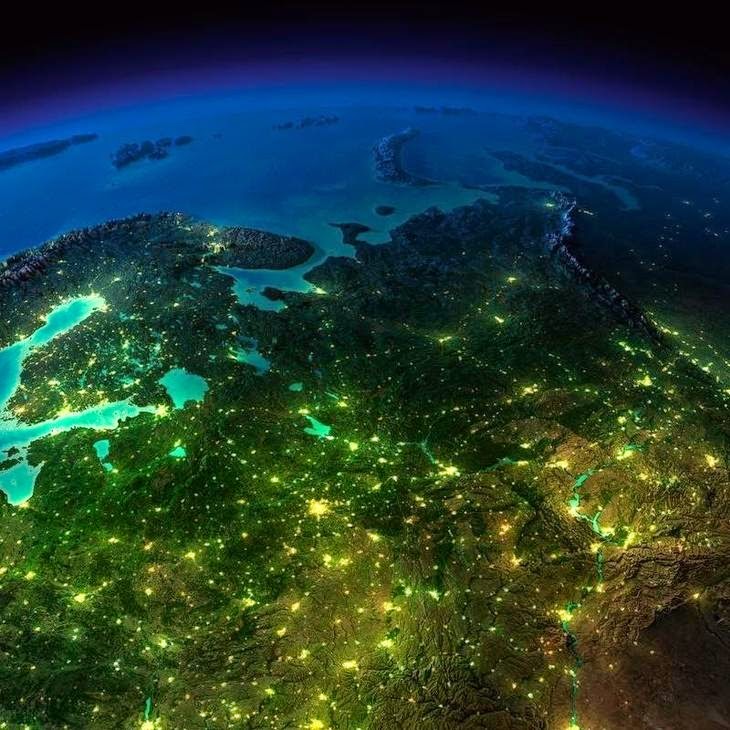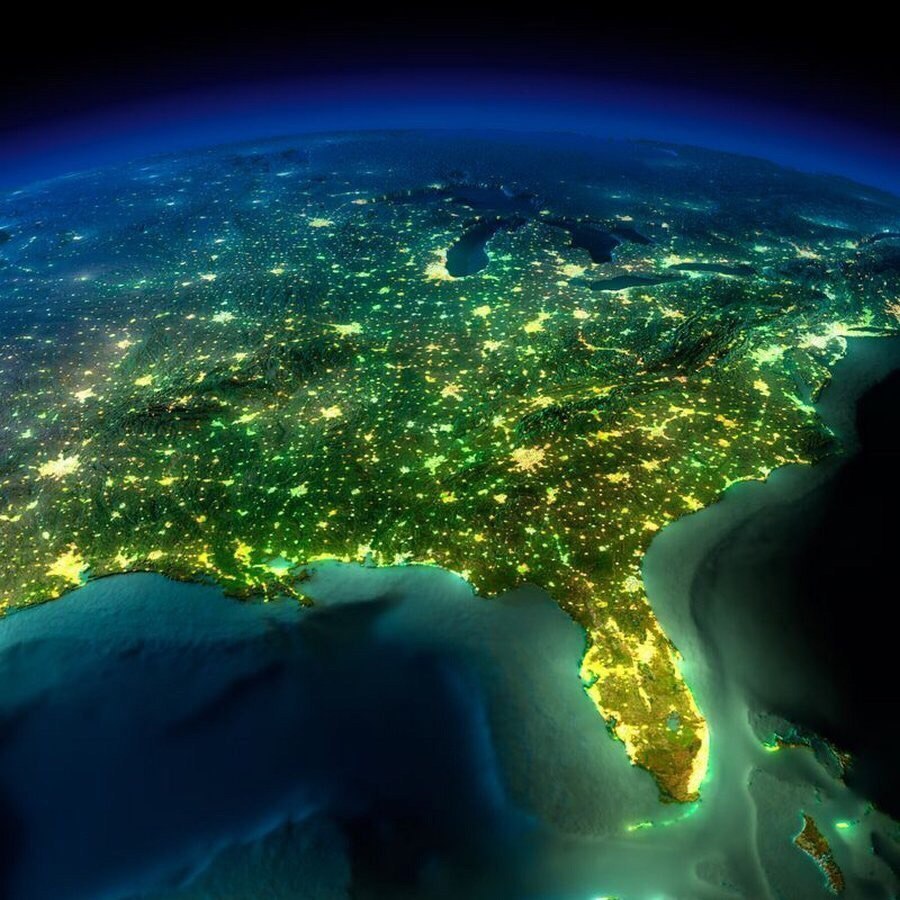

The photo was made from three images taken through color filters, then processed by the Image Processing Lab at the Jet Propulsion Laboratory (JPL). Voyager 1 was directly above Mount Everest (on the night side of the planet at 25 degrees north latitude) when the picture was taken. In view of the Earth are eastern Asia, the western Pacific Ocean, and part of the Arctic. It was recorded on September 18, 1977, by NASA’s Voyager 1 probe when it was 7.25 million miles (11.66 million kilometers) from Earth.

This photo of the Earth and Moon in a single frame is the first of its kind. Most Iconic Photos of Earth from Space: The f irst photo of the Earth and Moon in a Single Frame The First Photo of the Earth and Moon in a Single Frame The red spot in the middle of the Earth is Australia, the one on the top left is Southeast Asia and Antarctica is the bright white blob in the bottom left. Alfred McEwen explained that “In the image, the reddish feature near the middle of the face of Earth is Australia. 205 million km), we still can see even the continents and clouds of Earth.ĭr. The image is so incredible that from a distance of 127 million miles (approx. This amazing image of Earth and Moon was taken on November 20, 2016, by the High-Resolution Imaging Science Experiment (HiRISE) camera on NASA’s Mars Reconnaissance Orbiter, a multipurpose spacecraft designed to conduct reconnaissance and exploration of Mars from orbit. 20, 2016, by the High-Resolution Imaging Science Experiment (HiRISE) camera on NASA’s Mars Reconnaissance Orbiter. Most Iconic Photos of Earth from Space: Earth and Moon, taken on Nov. Launched on June 18, 2009, the Lunar Reconnaissance Orbiter (LRO) is a NASA unmanned robotic spacecraft currently orbiting the Moon in an eccentric polar mapping orbit. Definitely one of the most beautiful images of Earth from space.

On the moon, we get a glimpse of the crater Compton, which is located just beyond the eastern limb of the moon, on the lunar farside. The Atlantic and Pacific coasts of South America are visible to the left. The large tan area in the upper right is the Sahara Desert, and just beyond is Saudi Arabia. In this composite image, we see Earth appear to rise over the lunar horizon from the viewpoint of the spacecraft, with the center of the Earth just off the coast of Liberia (at 4.04 degrees North, 12.44 degrees West). This stunningly beautiful earthrise image was composed of a series of images taken on October 12, 2015, when the Lunar Reconnaissance Orbiter (LRO) was about 83 miles (134 kilometers) above the moon’s farside crater Compton.

Most Iconic Photos of Earth from Space: Earthrise on October 12, 2015.


 0 kommentar(er)
0 kommentar(er)
